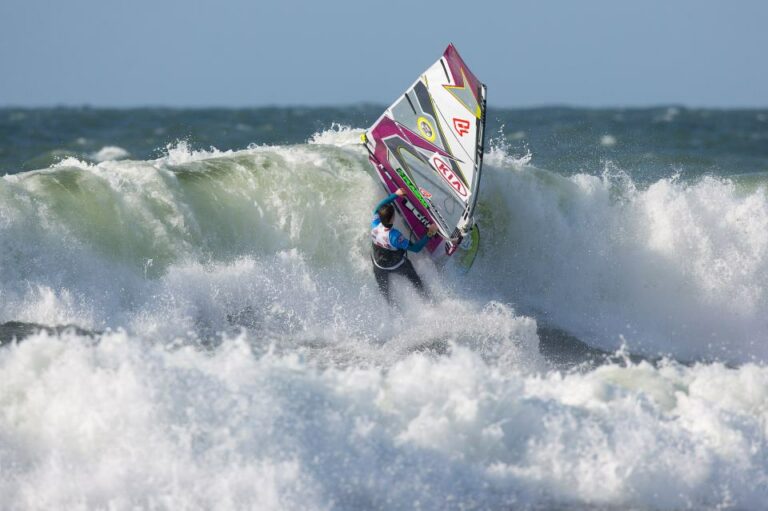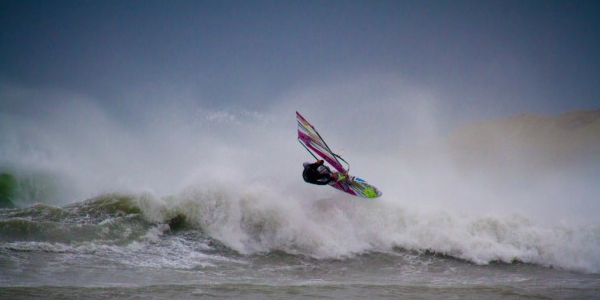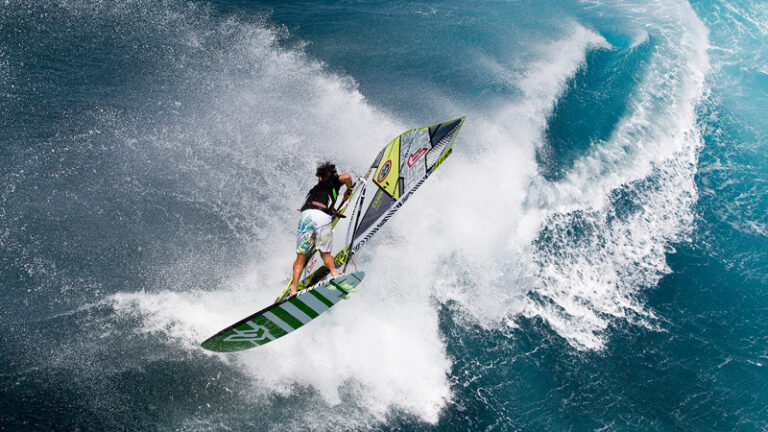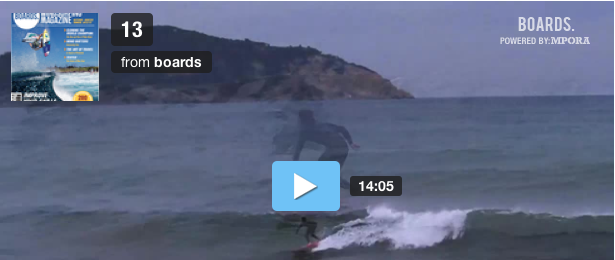Over the next four days we will be releasing the eight individual write-ups of the Freewave test. We tested eight boards in total so will be releasing two per day right here on Boards.co.uk. We will then release the full comparative test with scores and graphs etc on Boardseeker at the end of the week.

Whether you are a wave sailor, high wind freerider or a freestyler, freewaves used to be the ‘standard’ board of choice between 85 and 100 litres. However the advent of multi-fins, allowed wave boards to get bigger, drawing away many of the wave aficionados, whilst dedicated freestyle boards got smaller and more dedicated, leaving freewaves largely the domain of high wind freeride sailors.
Having spent a few weeks testing these most recent 95 litre Freewave versions, we are left with a feeling that the majority of buyers may be missing a trick by overlooking freewave models. Here’s why!

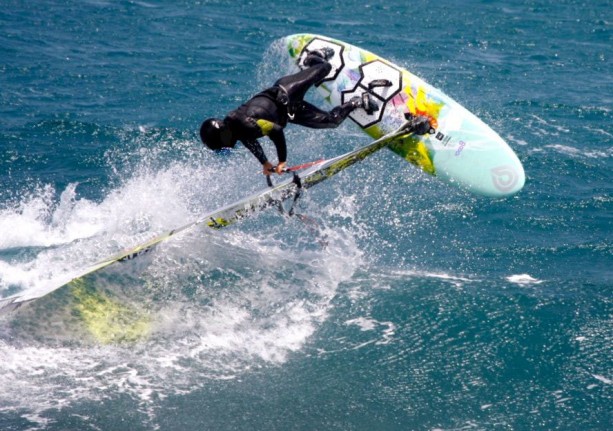
WHAT ARE THEY GOOD AT?
We have all heard the expression ‘jack of all trades and master of none’. But what you must bear in mind is that when the wind is lighter and you are on say a 120 litre board, the conditions are generally flat, so it’s worth having a dedicated board for these conditions. Conversely, when it’s windy, say 80 litre weather, usually the sea state is rough and it’s worth having a dedicated wave board for these conditions. However the interesting thing with 85-100 litre weather is that the sea state can be anything from completely flat, through extremely chop right up to full down the line riding conditions. And that’s why we need a ‘jack of all’ trades in our quiver.
Most of our Clones haven’t ridden freewaves for a few years, having been drawn away by the larger dedicated wave boards, but they were all very much in agreement that these boards, without a doubt, offer the most fun possible in the conditions we normally encounter in 85-100 litre weather.
In Tenerife, these boards plane and accelerate much quicker than a wave board, so we were getting much better jumps in the waves straight off the beach than we could get on the dedicated wave boards.
Once past the first peaking waves, the boards became great high wind blasters and we all had a huge amount of fun drag racing each other all the way out to the rolling swell out the back where the boards were able to oblige with big jumps, carving moves on the swell faces and aerial freestyle moves in the flats between the waves. Then on the way back in, we were able to mix proper front-side riding with more freestyle. What other board in windsurfing can offer so much versatility?! I can quite confidently say none!
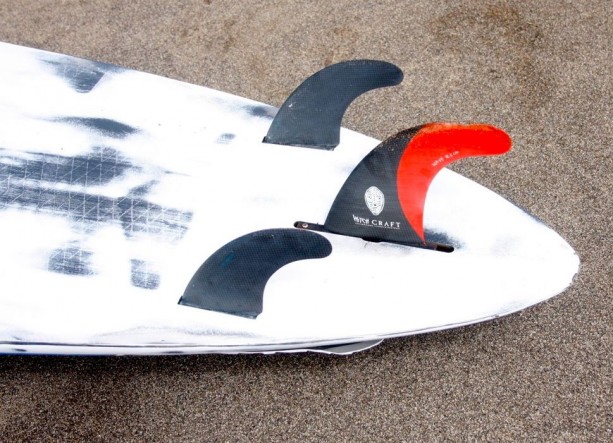
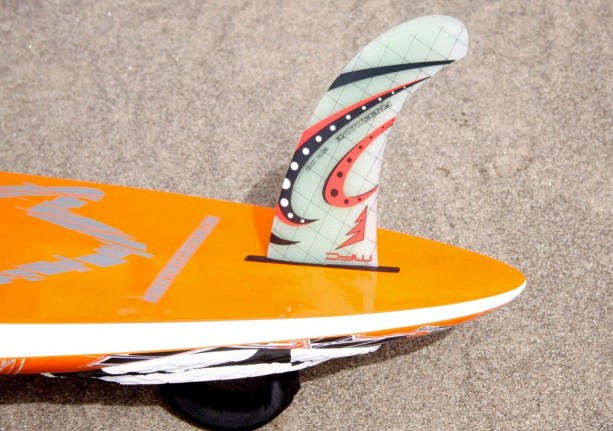
SINGLE FIN OR MULTI?
When we first received these boards and saw the Fanatic, JP and Witchcraft offered tri-fin set-ups, we have to admit to being a bit sceptical. After all, freewaves are supposed to plane easily, be fast and exciting to sail, do we really need the extra drag of two extra fins?
Well, we were certainly wrong! Having spent a fair amount of time on these boards in a wide range of conditions, I can confidently say that tri-fins have really revolutionised the way these freewaves perform. On a wave, the tri-fins were in a different league for turning when it came to tightness and ease of turning. The fact Victor Fernandez used the Fanatic tri-fin to score some of the highest wave scores of the day in PWA Klitmoller this year is testament to how well these boards now turn. In a straight line, they do have a more planted feel, but they still have an exciting ‘off the fin’ feel to them and at the top end have a lot more control with the extra fins keeping them from flying out of the water.
We are struggling to see any real consequential draw back of the tri-fin configuration. Sure, they may be a tiny bit slower to get planing and at top speed, but the shapes of the boards within this group seemed to more than make up for this. And of course if you aren’t convinced, you can always use the tri-fins as a single anyway! We quite expect to see a lot more brands jumping on the tri-fin freewave bandwagon next year…and rightly so!

THE TEST
The test was conducted in Tenerife thanks to the Official Test Centre, who were able to cope admirably with all the diva requirements of our test Clones and their huge array of equipment. Tenerife has to be the ideal testing location for freewaves with everything condition you could ever want to put the boards through right off the main beach – cross-on jumping, chop, flat water and side shore waves up at the harbour wall – its all there!
We would like to thank North Sails for supporting the test with sails, so that head to head comparisons between boards could be made without worrying if the sails were making the difference. We had a selection of identical Volt and Hero sails between 5.0m and 5.7m to test these boards on.
Simmer supplied the booms for this test. Their Blackline carbon wave boom has built a solid reputation for being one of the best on the market and delivered faultless performance throughout our testing.
The full comparative test with scores and graphs will be released on Boardseeker at the end of this week. In the meantime, enjoy the individual write-ups right here on Boards.co.uk!

